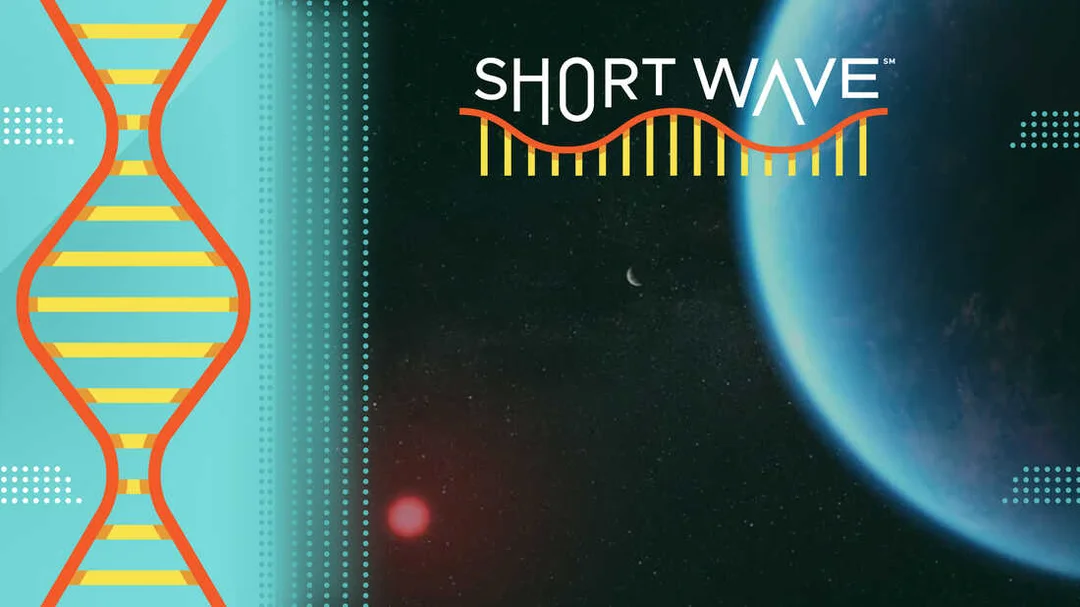
Exoplanet K2-18b: Signs of Alien Life or Just “Noisy Data”? Debate Heats Up
Is K2-18b, an exoplanet 120 light-years away, truly harboring life, or are we seeing patterns in what is essentially background noise? The search for extraterrestrial life has captivated humanity for centuries, and recently, the spotlight has intensely focused on K2-18b. Initial reports suggested the detection of sulfur-based gases, specifically dimethyl sulfide (DMS), in its atmosphere, a potential biosignature exclusively produced by living organisms on Earth. This sparked excitement, with some scientists even calling it a "revolutionary moment." However, a growing number of researchers are urging caution, suggesting the data might not be as compelling as first presented.

The initial claim, led by astronomers at the University of Cambridge, used data from the James Webb Space Telescope (JWST). While the detection of DMS, typically linked to biological processes on Earth, was enticing, the findings faced scrutiny. Critics pointed out that the detection had only three-sigma significance, indicating a 0.3% chance it could be a fluke – below the more stringent five-sigma standard needed for major scientific discoveries. Concerns were also raised regarding the absence of other molecules like ethane, which are typically found alongside DMS, and potentially biased models that may have inflated the significance of the detection.

Now, an independent analysis by Jake Taylor of the University of Oxford has cast further doubt on the findings. Taylor applied a basic statistical test to search for telltale signs of gas molecules without pre-assuming which gases might be present. The result? The data appeared consistent with a "flat line," suggesting the signal might be too weak or the data too noisy to draw any definitive conclusions. This highlights a crucial aspect of the scientific process: independent verification and scrutiny.
"This is evidence of the scientific process at work," Eddie Schwieterman, an assistant professor of astrobiology at the University of California, Riverside, told Space.com. He emphasized the importance of multiple independent groups analyzing the same data to reach robust conclusions.
Adding to the complexity, recent research also questions whether K2-18b is even habitable. The planet's proximity to its star might make it too hot for liquid water to exist on its surface, contradicting earlier conclusions about it being a potential ocean world. Further, the detection of DMS on a cold, lifeless comet suggests that the molecule can form through non-biological processes, blurring the line between biosignatures and purely chemical reactions.
Despite the mounting skepticism, Nikku Madhusudhan, the lead researcher from the University of Cambridge, remains optimistic. He argues that Taylor's models are too simplistic to accurately capture the atmosphere's complexity and behavior. The debate underscores the challenges of detecting and interpreting biosignatures on distant exoplanets, pushing the limits of our current technology and analytical methods.
Ultimately, the question of whether K2-18b harbors life remains open. More independent analyses are needed to determine if the detected signals truly represent DMS or are simply a product of noise in the data. As astrobiologist Michaela Musilova notes, results must be supported by independent evidence, show strong statistical significance, and exclude non-biological explanations. For now, K2-18b serves as a powerful reminder of both the allure and the complexities of the search for life beyond Earth.
What do you think? Is K2-18b a promising candidate for extraterrestrial life, or are we getting ahead of ourselves? Share your thoughts and opinions in the comments below!